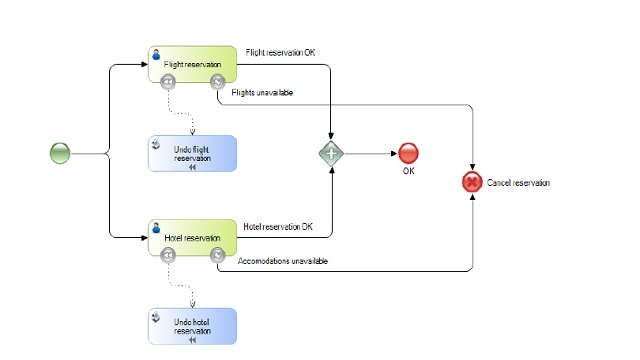Objective:
To provide an introduction to business process graphic modeling based on the BPMN standard, using the modeling tools included in the GeneXus BPM Suite.
Designed for:
Process analysts, business analysts, functional analysts, systems analysts, engineers, heads of IT, application developers, and anyone interested in business process modeling and analysis with workflow technologies.
Course requirements:
None
Modes: You can choose between the classroom or self-study course:
- Classroom
- Theory/Practice lessons last 9 hours, with approximately 3 hours of theory and 6 hours of practice.
- Self-study
Scope:
- Process modeling
- Introduction to BPMN
- Activities
- Sequence connectors
- Gateways
- Tasks
- Embedded and reusable sub-processes
- Loops
- Events
- Artifacts
- Path branching and merging
- Multiple activities
- Time patterns
- Signals
- Transactional sub-processes
